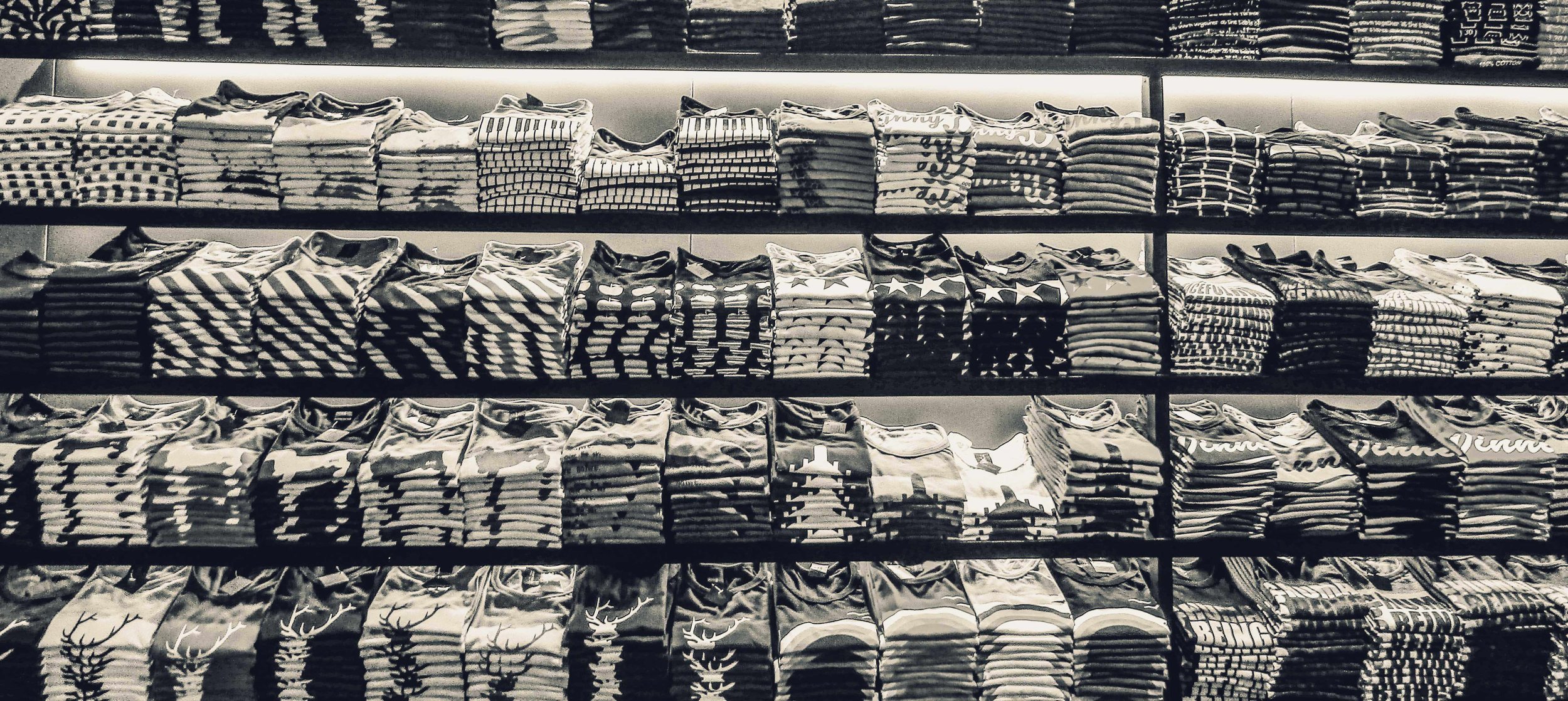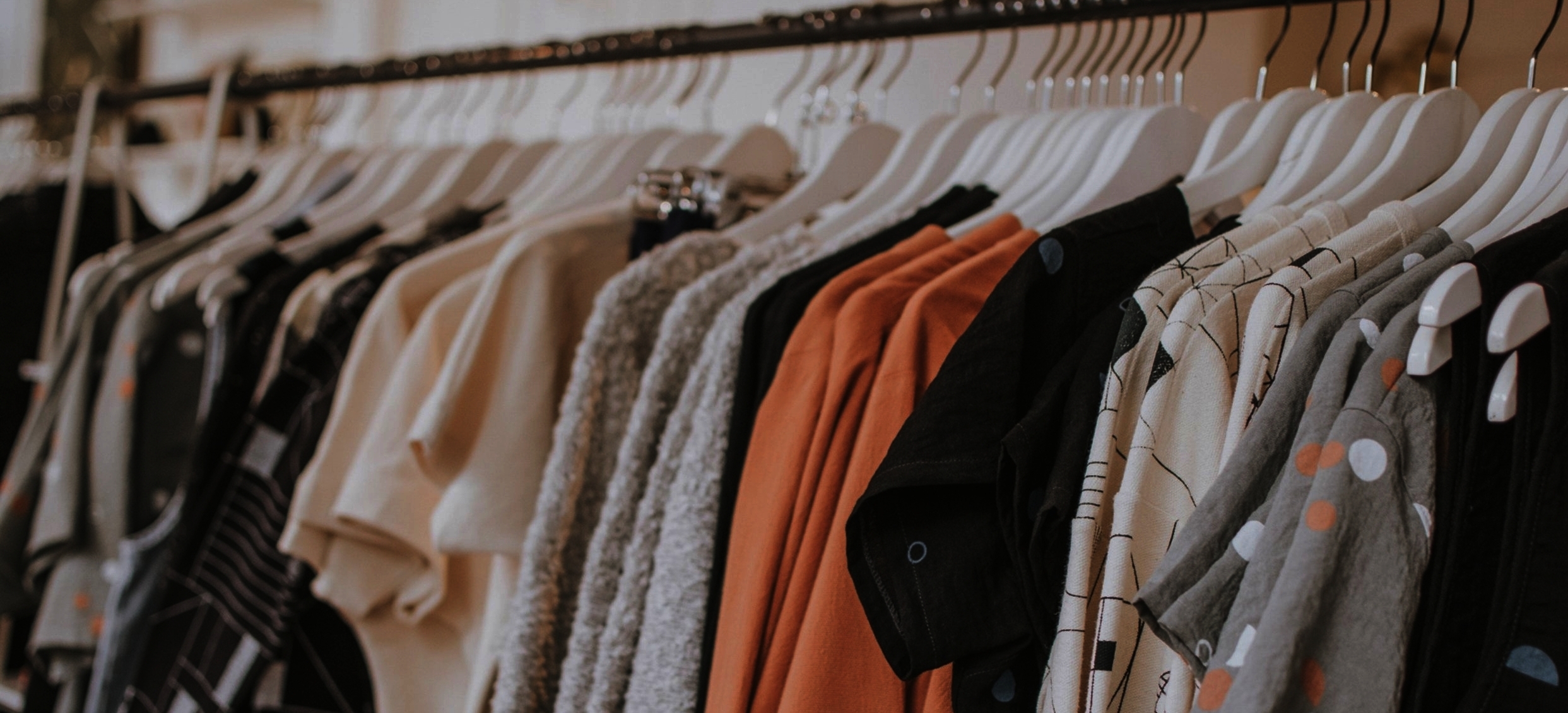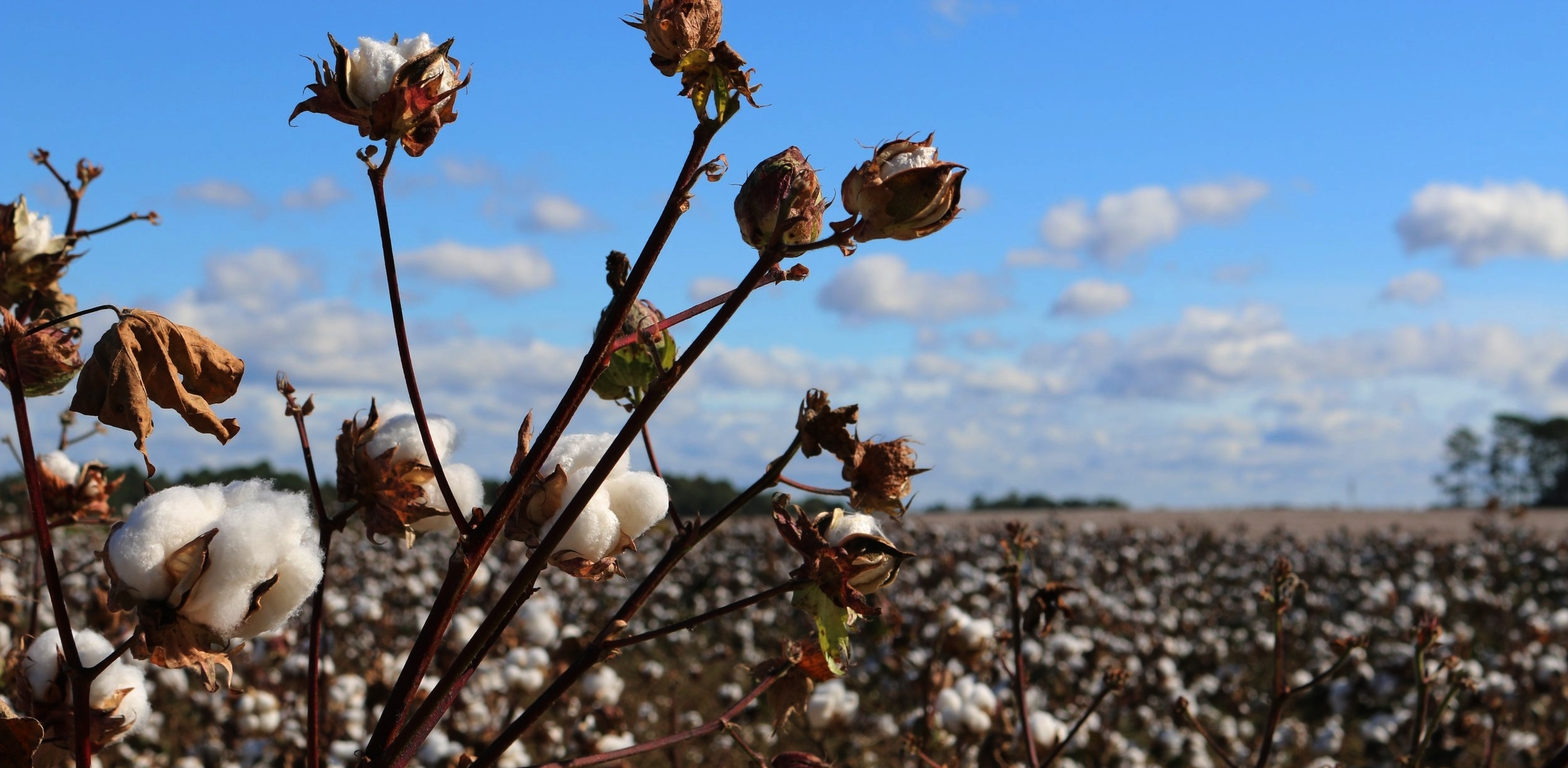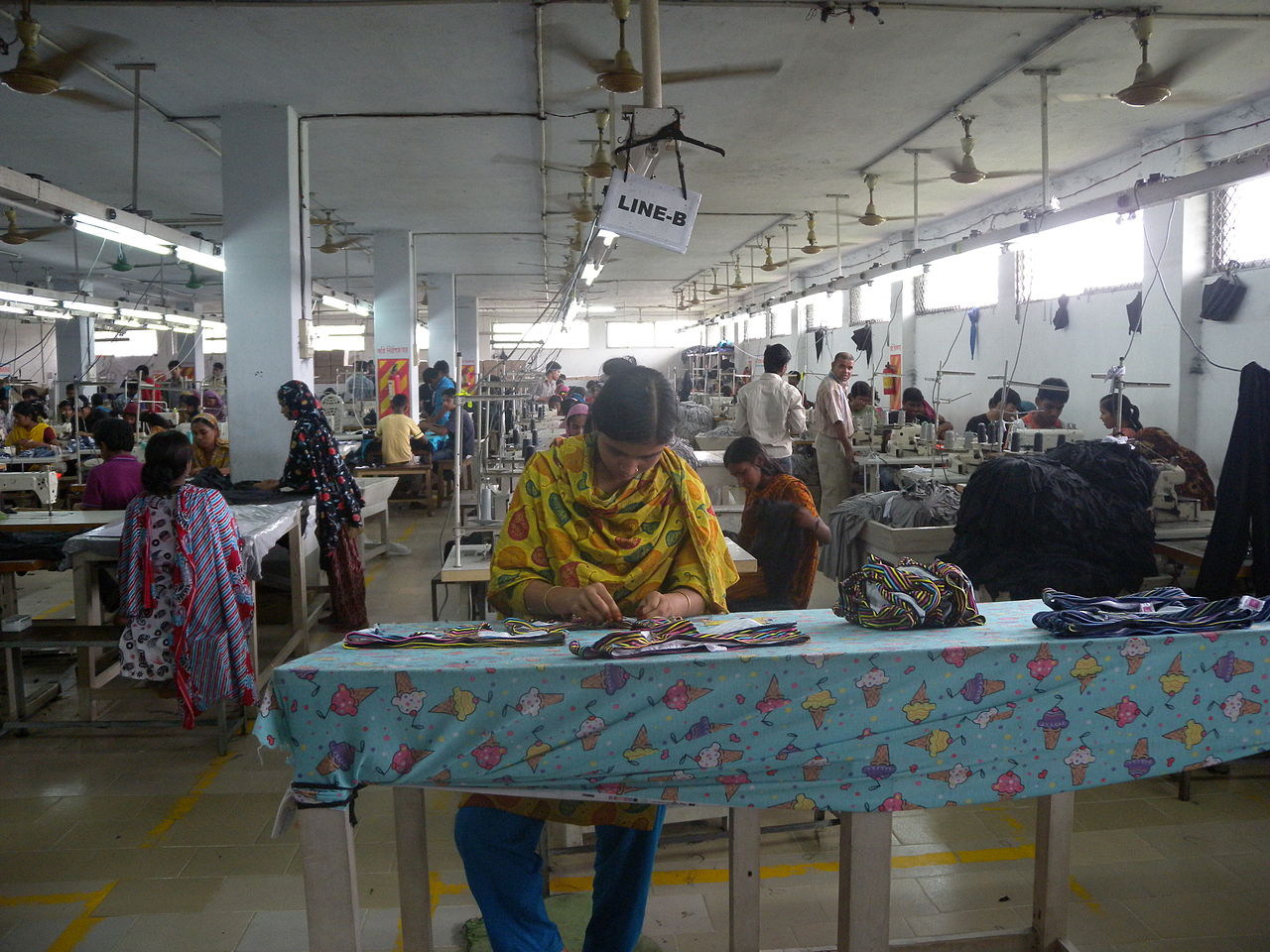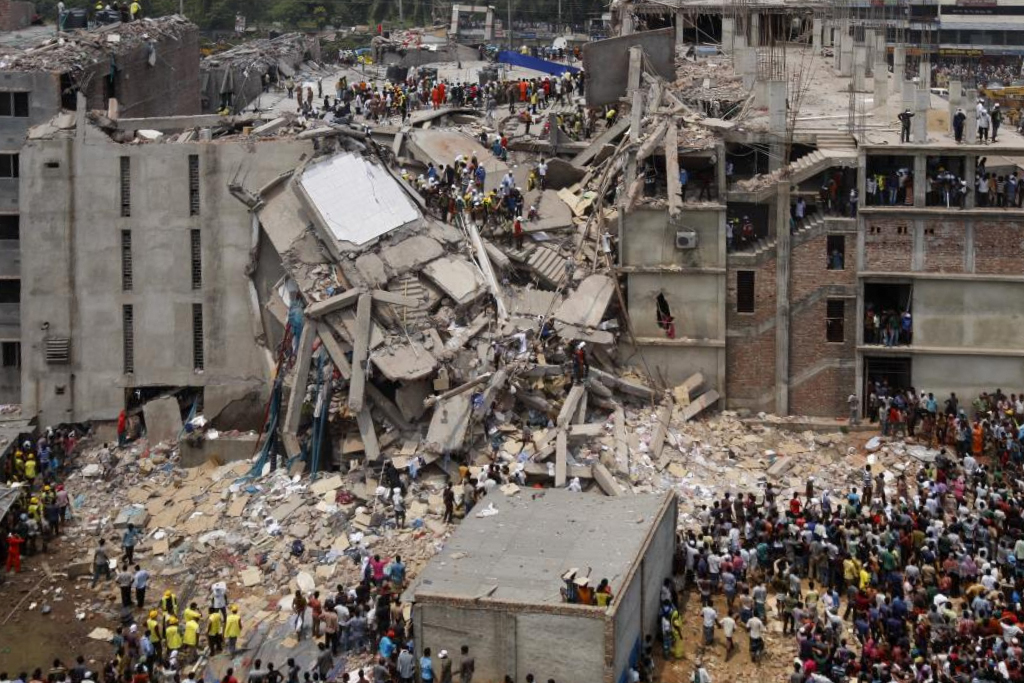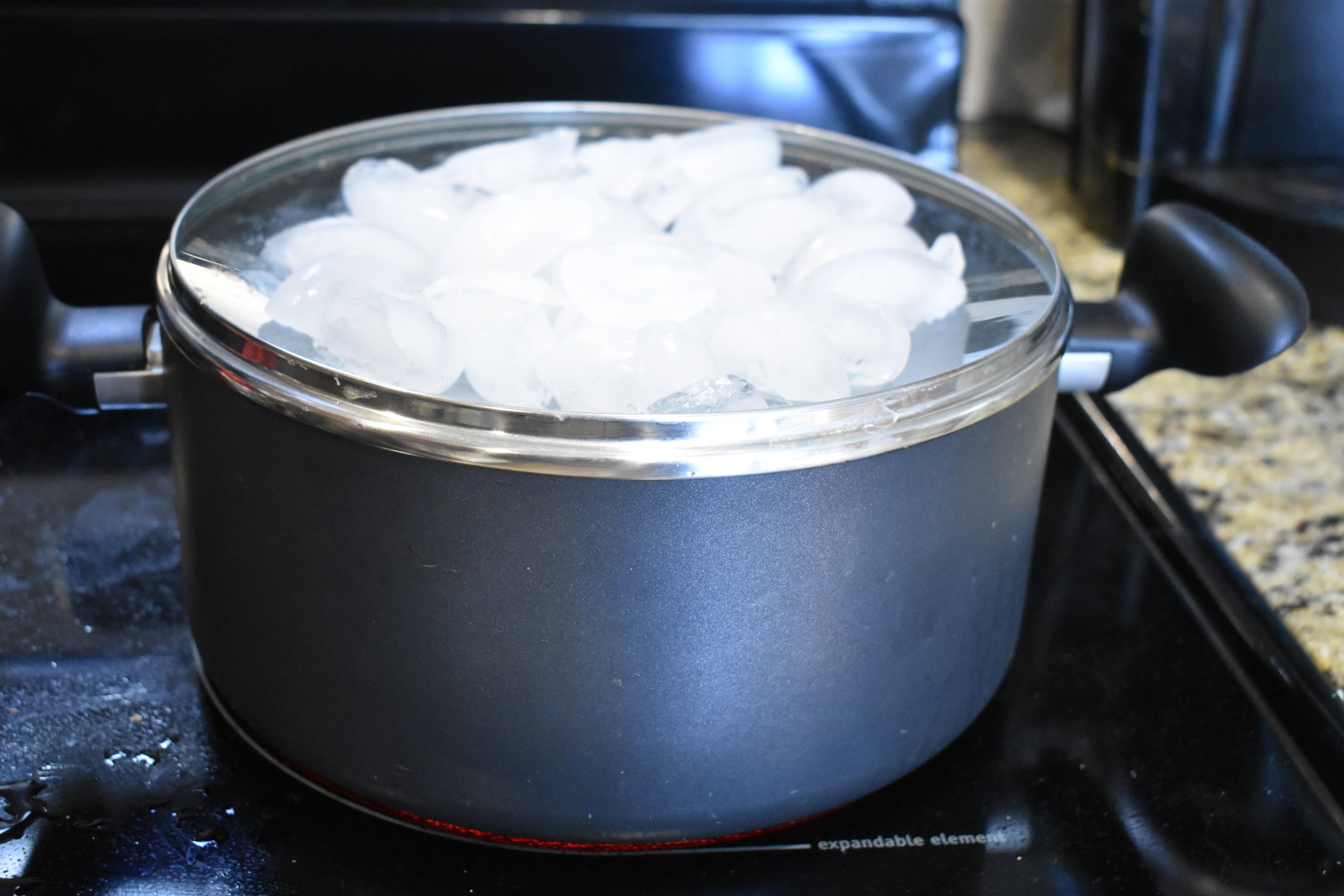Of course, being on a Zero Waste journey means attempting to buy things mostly, if not exclusively secondhand.
But I've really been trying to push the point that anyone can make this work, regardless of lifestyle.
So if you're a fashionista and still want to go shopping and keep up with the latest trends, you can absolutely do so without being sucked into the dwindling spiral that is fast fashion.
1. Patagonia
Based In | USA Made In | USA, Mexico, India, Bangladesh, Thailand, Vietnam, Thailand, China, Sri Lanka, Belgium, Poland, Jordan, Nicaragua, Colombia, El Salvador
Ethics | Sustainable Materials Development and Use, Fair Trade Factories, Active in Environmental and Social Causes in Textile Industry
Certifications / Partnerships | Fair Trade Certified™ Sewing Factories, B Corp, Bluesign System Partner, Fair Factories Clearinghouse (FFC) Member, Fair Labor Association (FLA) Member, Outdoor Industry Association (OIA) Partner, 1% for the Planet Member, Sustainable Apparel Coalition Member, Textile Exchange Founding Member
Product Types | Specialized Athletic and Outdoor Gear, Casual Clothing
Price Range | $$
Patagonia is one of my favorite companies of all time. Their mission statement "build the best product, cause no unnecessary harm, use business to inspire and implement solutions to the environmental crisis" makes me smile every time I read it, and they actually live up to that mission. Patagonia is constantly working to figure out the most ethical and sustainable ways to source and create their clothing, they even have a whole site dedicated to trading in and selling their used clothing. Earning a well deserved place in the True Cost Movie and internationally recognized for their social and environmental activism, Patagonia is an exemplary company when it comes to activism and transparency in both environmental and social justice.
shop patagonia online | Learn more about patagonia
2. PACT Apparel
Based In | USA Made In | Turkey & India
Ethics | Organic, Natural Textiles, Fair Trade Certified
Certifications / Memberships | Fair Trade Certified, B Corp, Global Organic Textile Standard (GOTS) Certified Clothing
Product Types | Underwear and Basics for Women, Men, and Baby
Price Range | $
PACT is a company that I found when I went looking for organic undies and leggings, and they have not disappointed! Pact strictly monitors their entire supply chain, from the growing of their organic cotton to the sewing of the final product. They make really soft, organic cotton products, and I don't think I'll buy underwear from anybody else again!
SHOP PACT APPAREL ONLINE
3. Girlfriend Collective
Based In | USA Made In | Vietnam
Ethics | Sustainable Materials, SA8000 Certified Factory
Certifications | SA8000 Certified Factories
Product Types | Women's Athletic Apparel
Price Range | $$
I found girlfriend collective when they were just starting out, and it has been awesome to watch them grow! They make very high quality leggings, bras, and tops from recycled bottles (BPA Free!) in their SA8000 (very similar to Fair Trade) Factory. I couldn't believe the quality of legging when I received my pair - I would recommend going Girlfriend instead of Lulu or Athleta for sure!
shop girlfriend collective online |
Learn more about Girlfriend collective
4. KNOWN SUPPLY
Based In | USA Made In | Peru
Ethics | Fair Wages & Education, Transparency
Certifications / Memberships | Capable Partner, Fair Trade Certified Collections
Product Types | Men's & Women's Basics
Price Range | $
Known supply is looking to restore the dignity of and give a face back to the workers who make your clothes. Each piece has the signature of the person who made it. They offer great basics made from 100% Pima Cotton in Peru — and release a variety of limited edition product collaborations with the social impact brands and causes.
I discovered Known Supply while shopping at REI and falling in love with a shirt by them. After an internet search of the company I decided to purchase it, and am so glad I did!
SHOP KNOWN SUPPLY
5. People Tree
Based In | UK Made In | Bangladesh, Kenya, India, Turkey
Ethics | Fair Trade Certified and Focused, Sustainable and Organic Materials
Certifications / Memberships | Fair Trade Certified™, Global Organic Textile Standard (GOTS) Certified Clothing, Soil Association Member, World Fair Trade Organization (WFTO) Member, Fairtrade Labelling Organizations International (FLO) Member
Product Types | Women Apparel & Accessories, Some Baby
Price Range | $$$
People Tree, like Patagonia, is a pioneer in the field of sustainable fashion. They've been producing and fighting for fair trade and slow fashion over the past 20 years. They partner with Fair Trade artisans and farmers in the development of their different collections, ranging from lightweight organic cotton sundresses to workwear, and more recently a baby collection.
I don't own anything from People Tree, but my attention was drawn to them from their feature in the movie the True Cost. Without creative and passionate entrepreneurs like Safia Minney, trying to navigate the fashion world in an ethical way would be nearly impossible!
SHOP PEOPLE TREE ONLINE
6. Fair Trade Winds
Based In | USA Artisans In |Kenya, Thailand, Vietnam, India, Pakistan, and the Philippines
Ethics | Focused on Human and Women Empowerment Through Fair Trade and Eco-Friendly Products
Certifications / Memberships | Fair Trade Federation Member
Product Types | Apparel & Accessories
Price Range | $$
Fair Trade Winds provide a market for fair trade commodities and crafts so artisans and farmers can improve their lives. They therefore carry much of their own brand but also many others who align with their values. Today they operate six brick and mortar stores and their online shop in a cooperative effort to benefit farmers, artisans, and the environment.
Part of the reason I like Fair Trade Winds is that you can find such a large variety of fair trade products that feels nearly unlimited. They also work with so many causes including, but not limited to: human trafficking; mine removal; wildlife, snow leopard and elephant conservation; sanitation, education, and fresh water access. The fact that you can go to their shop and pick a cause you want to support either with a gift for yourself or someone else is so freaking awesome!
SHOP FAIR TRADE WINDS ONLINE
7. Mata Traders
Based In | USA Made In |India and Nepal
Ethics | Fair Trade Federation member, GreenAmerica Certified Buisness
Certifications / Memberships |
Product Range | Women’s Apparel & Jewelry
Price Range | $$
Mata Traders is a fair trade company focusing on creating colorful, original designs inspired and handmade by artisans in India and Nepal, and providing a stable source of income for families in some of the world’s poorest communities. It's Mata's block-printed patterns and unique embroidering that really sets it apart from anything else in the industry. Though I don't own anything from Mata, I am definitely going to keep an eye on their colorful dresses and skirts!
SHOP MATA TRADERS ONLINE
8. HOPE Made In The World
Based In | Colombia & USA Made In | Peru & Colombia
Ethics | Fair Trade, Child Labor Free Certified, Environmentally Friendly Materials & Processes
Certifications / Memberships | Fair Trade, Child Labor Free Certified, GOTS-Certified Organic Cotton, REACH-Certified Dyes
Product Types | Men’s & Women’s Natural Fiber Tops and Accessories
Price Range | $$$$
HOPE Made In The World works specifically with organic cotton and cashmere with the goal of creating "clothes that look good, feel good, and have been made the way you wish all clothes were made." They make gorgeous handcrafted pieces that are the perfect example of slow fashion. The idea that one good sweater or top should be able to last you a lifetime.
SHOP HOPE MADE IN THE WORLD ONLINE
9. Thought Clothing
Based In | UK Made In | China
Ethics | Ecologically Sustainable Fabrics and Products
Certifications / Memberships | Founding and Fellowship 500 Member of Ethical Fashion Forum
Product Range | Women's & Men's Apparel, Accessories
Price Range | $
Thought is an all-natural slow fashion apparel company with the goal to bring contemporary fashion and sustainability together. The brand has developed and maintained long term relationships with their fabric suppliers and factories and make each piece of their clothing in the same country so that it’s never shipped from place to place for different periods of production. Thought has an excellent and extensive code of conduct which is supposed to apply to those they directly and indirectly employ, however the only issue I had was that Thought is not third party certified by many groups.
SHOP THOUGHT ONLINE
10. Indigenous
Based In | USA Made In | Peru
Ethics | Artisan-made clothing, organic & natural materials, transparency
Certifications / Memberships | B Corp, USDA CertifiedOorganic, Oeko-tex Certification, World Fair Trade Organization Partner, SA 8000, Peru Fair Trade, Certified ISO Company, rootcapital, Fair Trade Certified, Green America Partner
Product Range | Apparel, outerwear, accessories
Price Range | $$$$
Indigenous is a fair trade clothing company that strives to have a positive affect on all the communities they work with and are huge advocates for bringing their artisans to the forefront. Their committed to reducing CO2 emissions, conserving water, eliminating pesticides, and employing empowered artisans throughout their growing and production process. And the results speak for themselves in the form of gorgeous clothing made with sustainable materials like organic cotton & alpaca and low-impact dyes.
